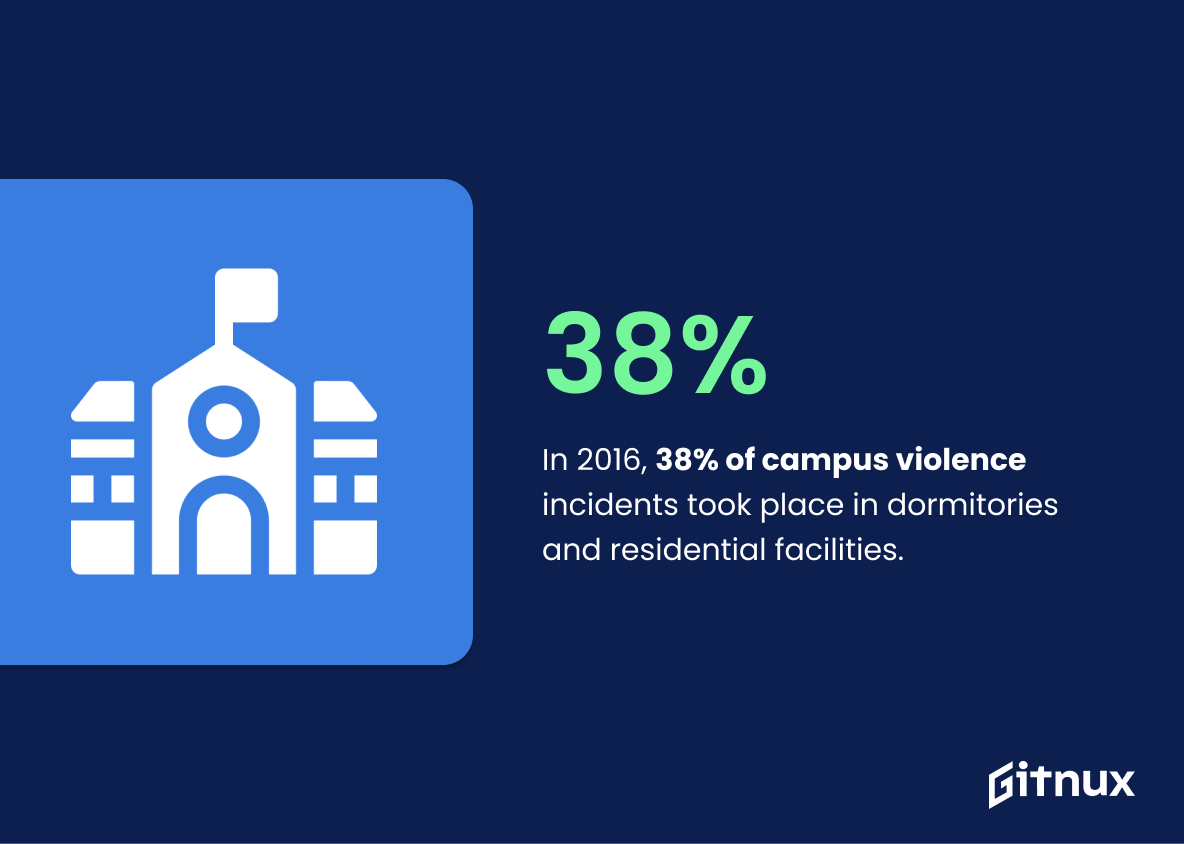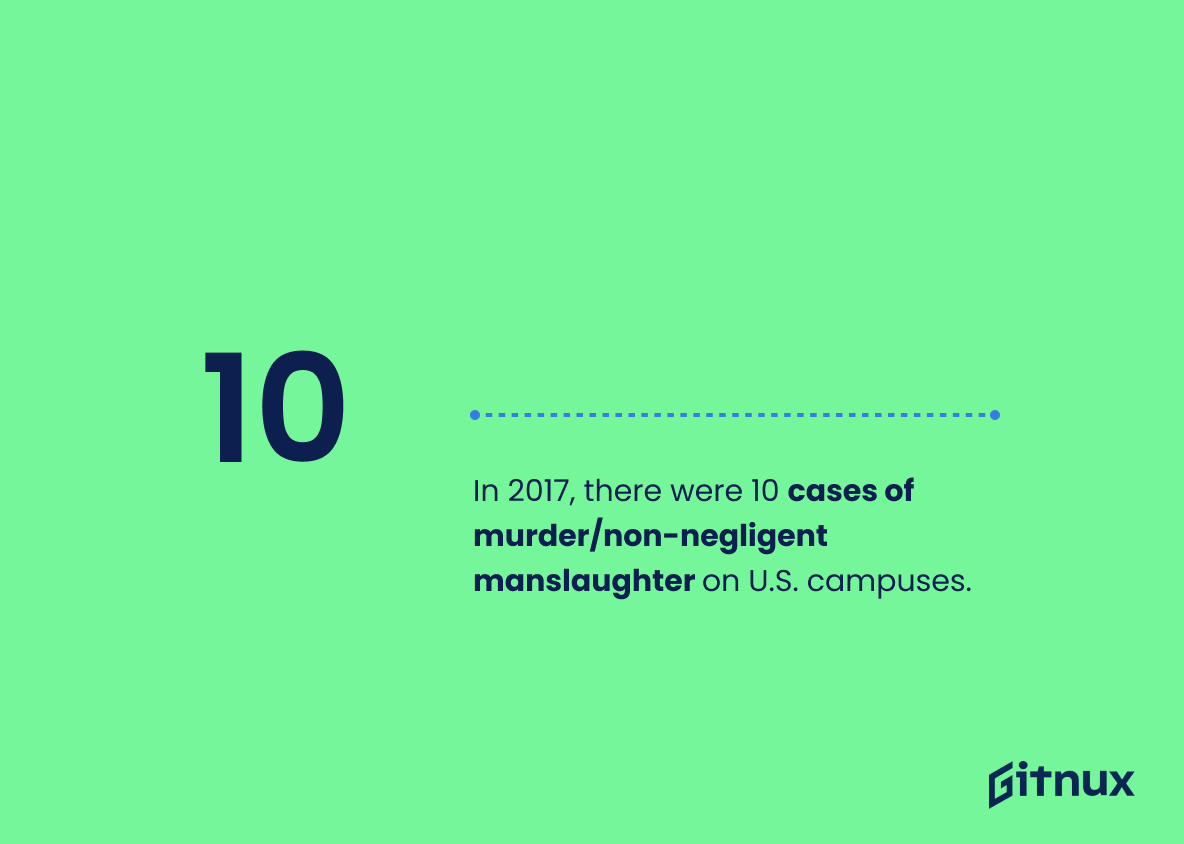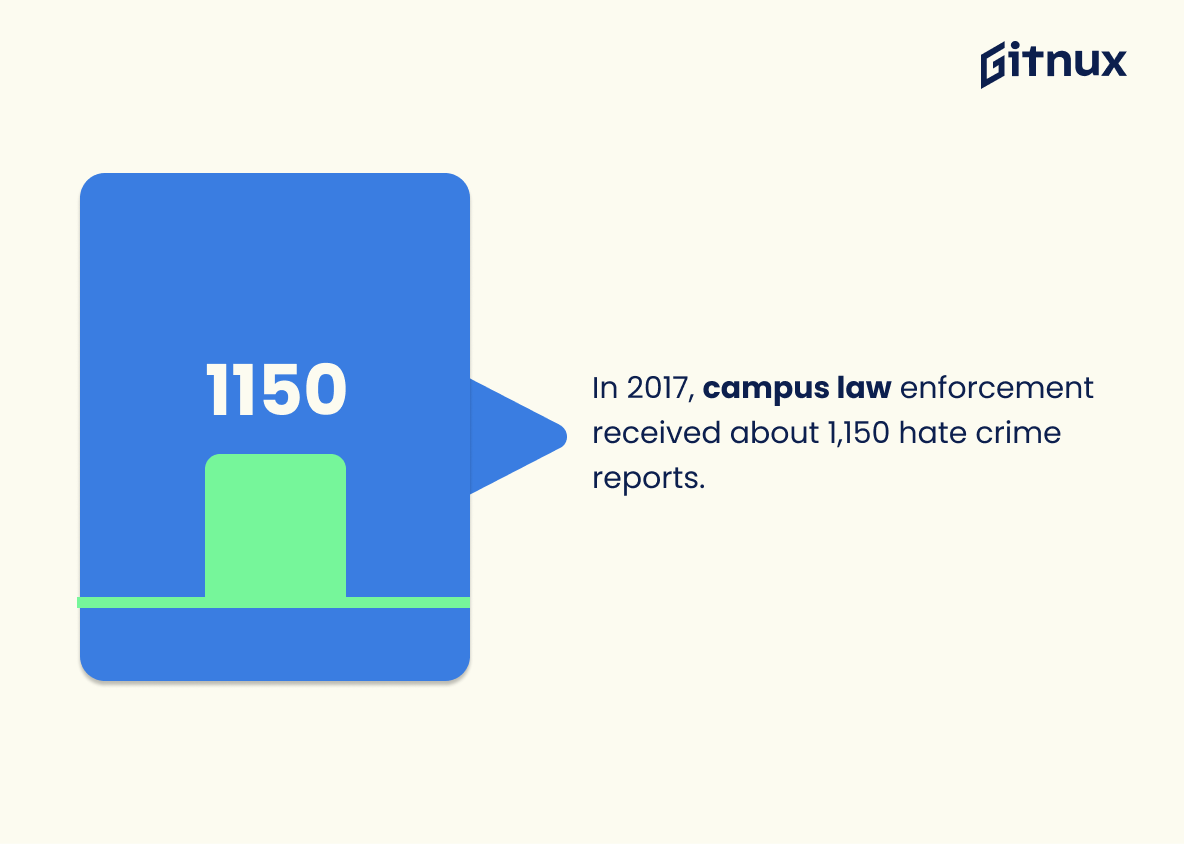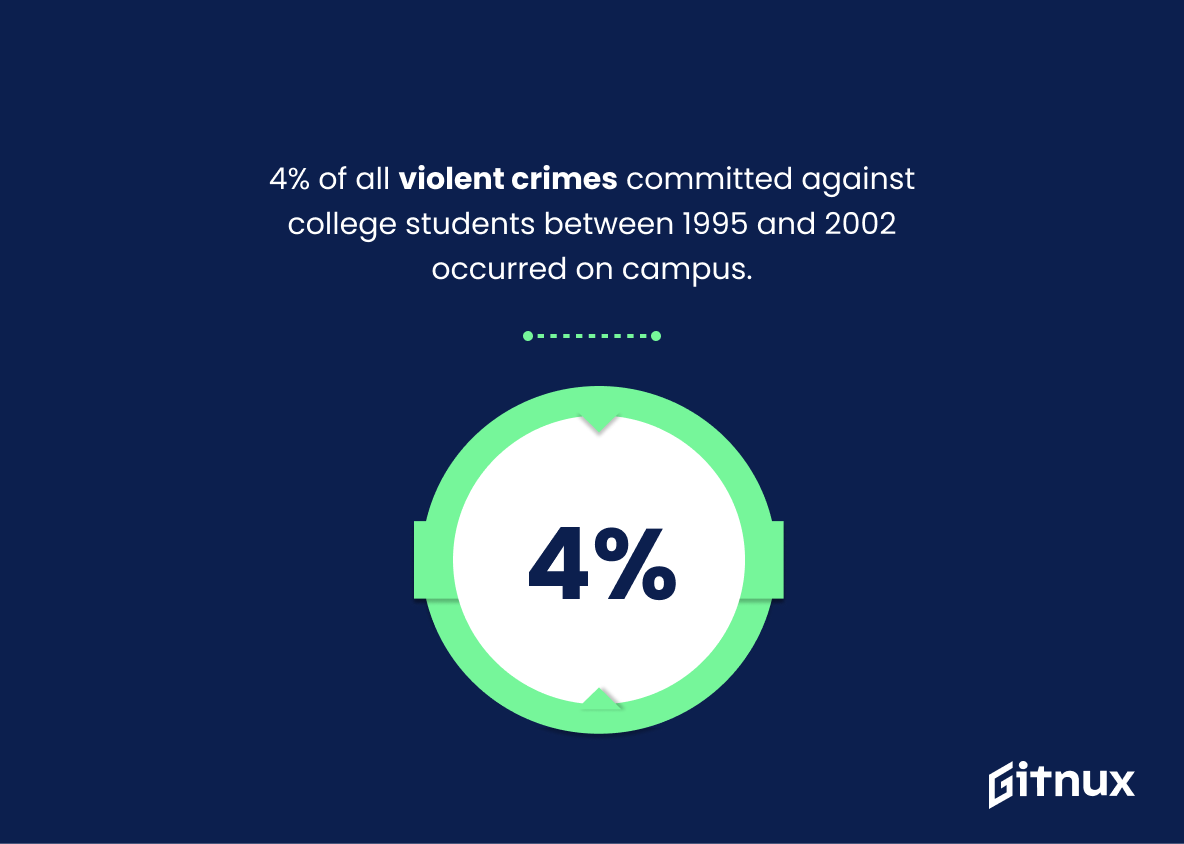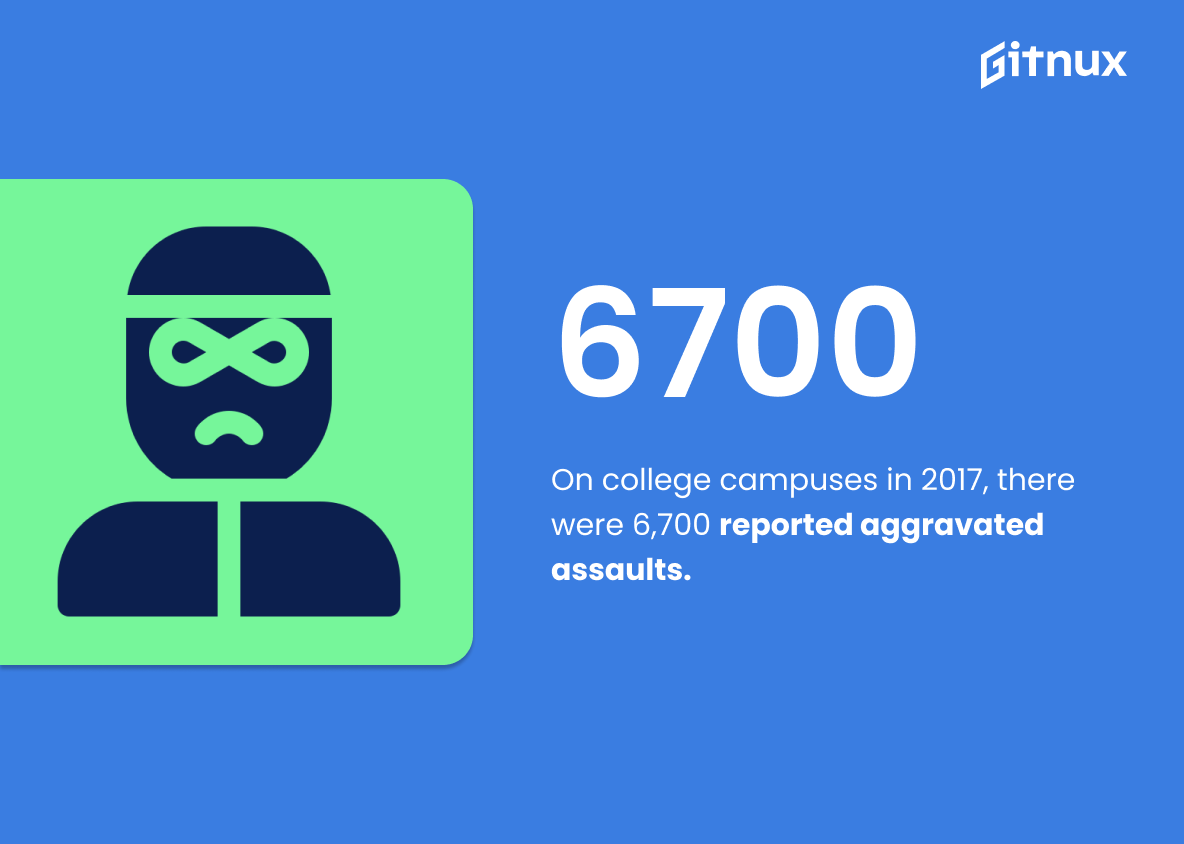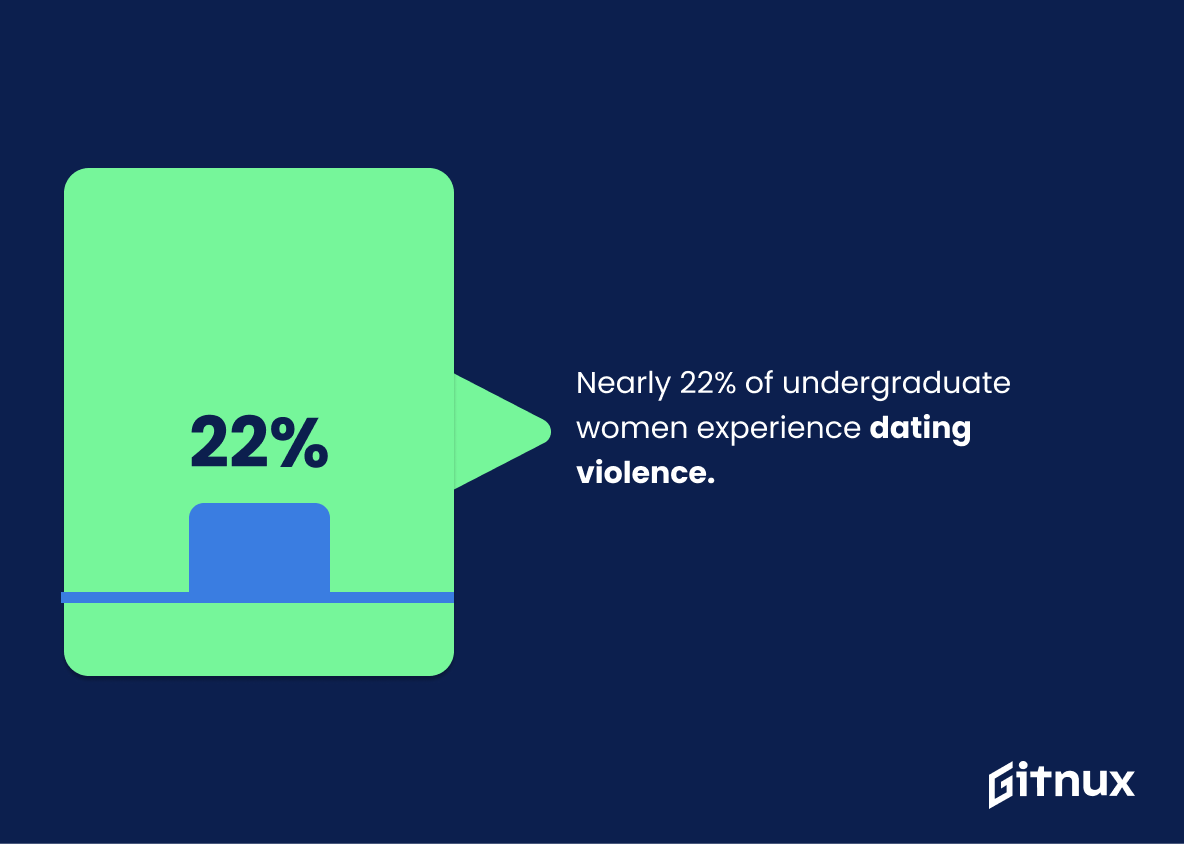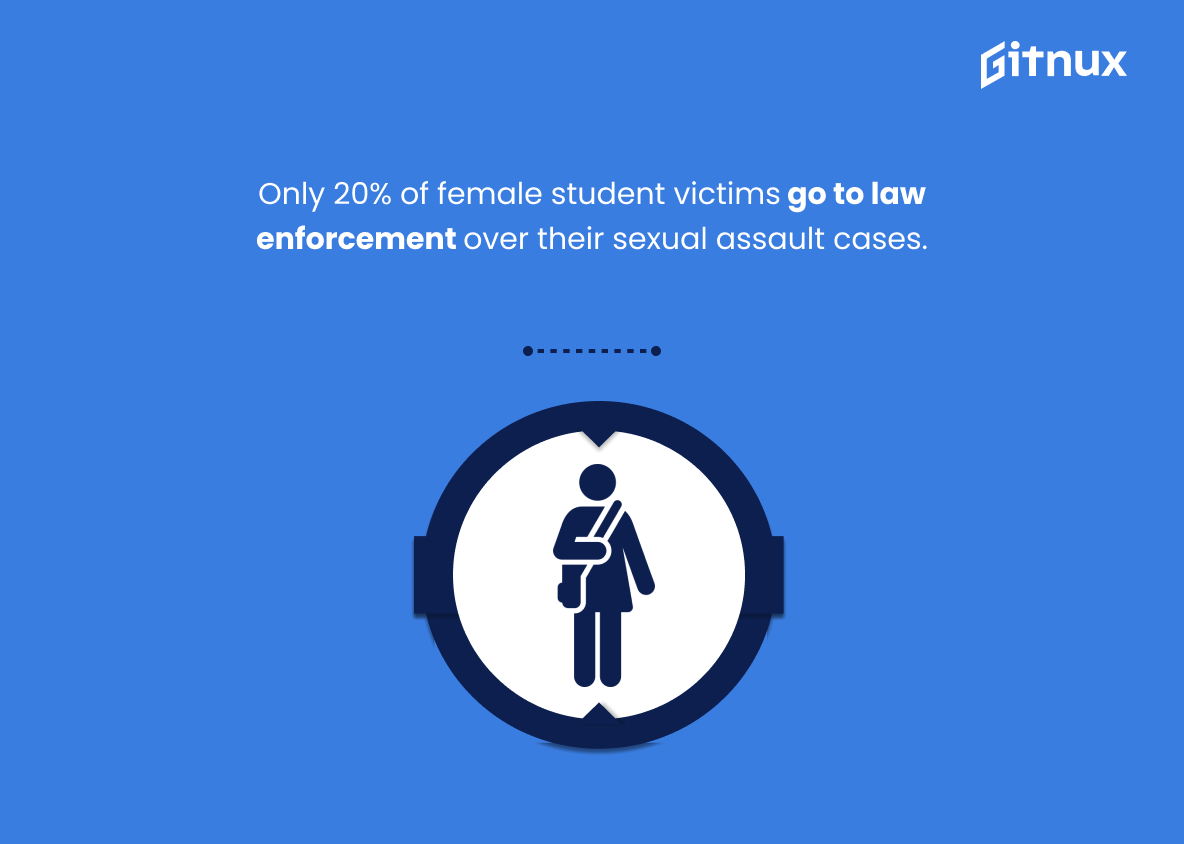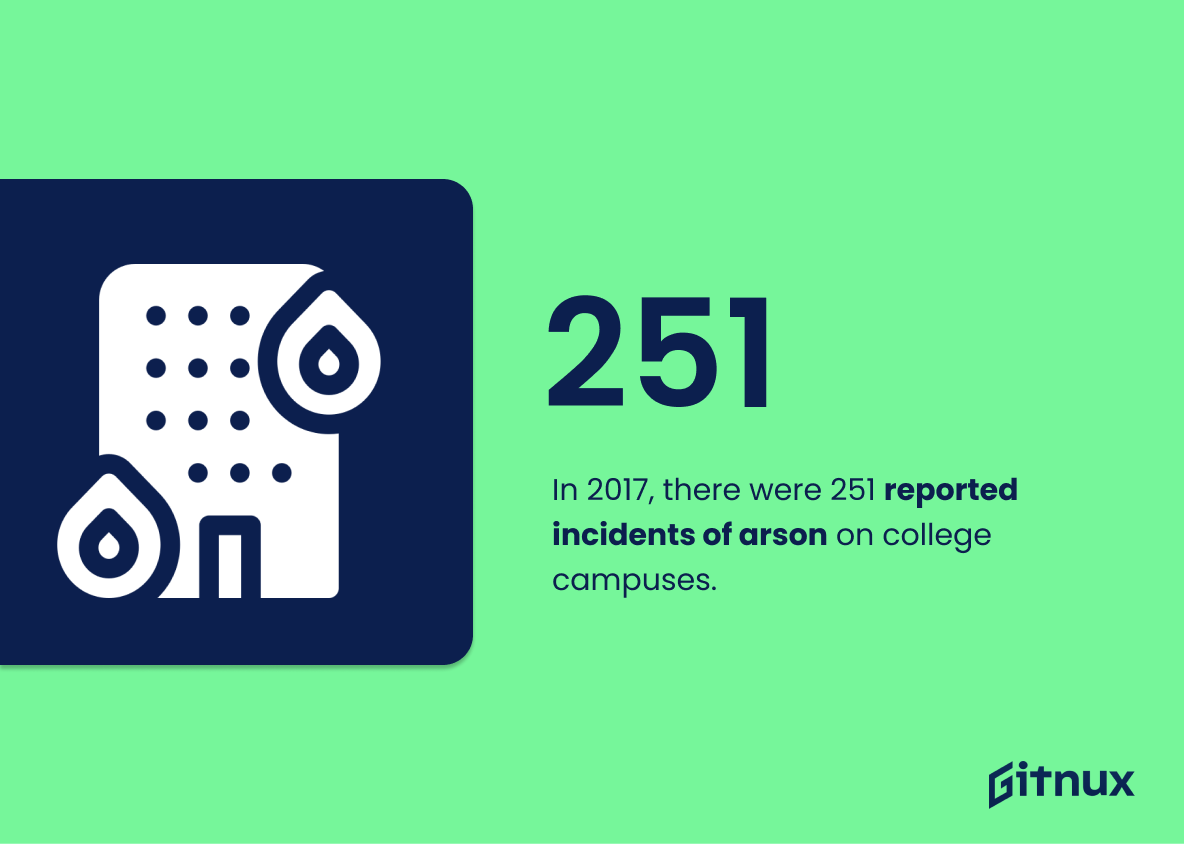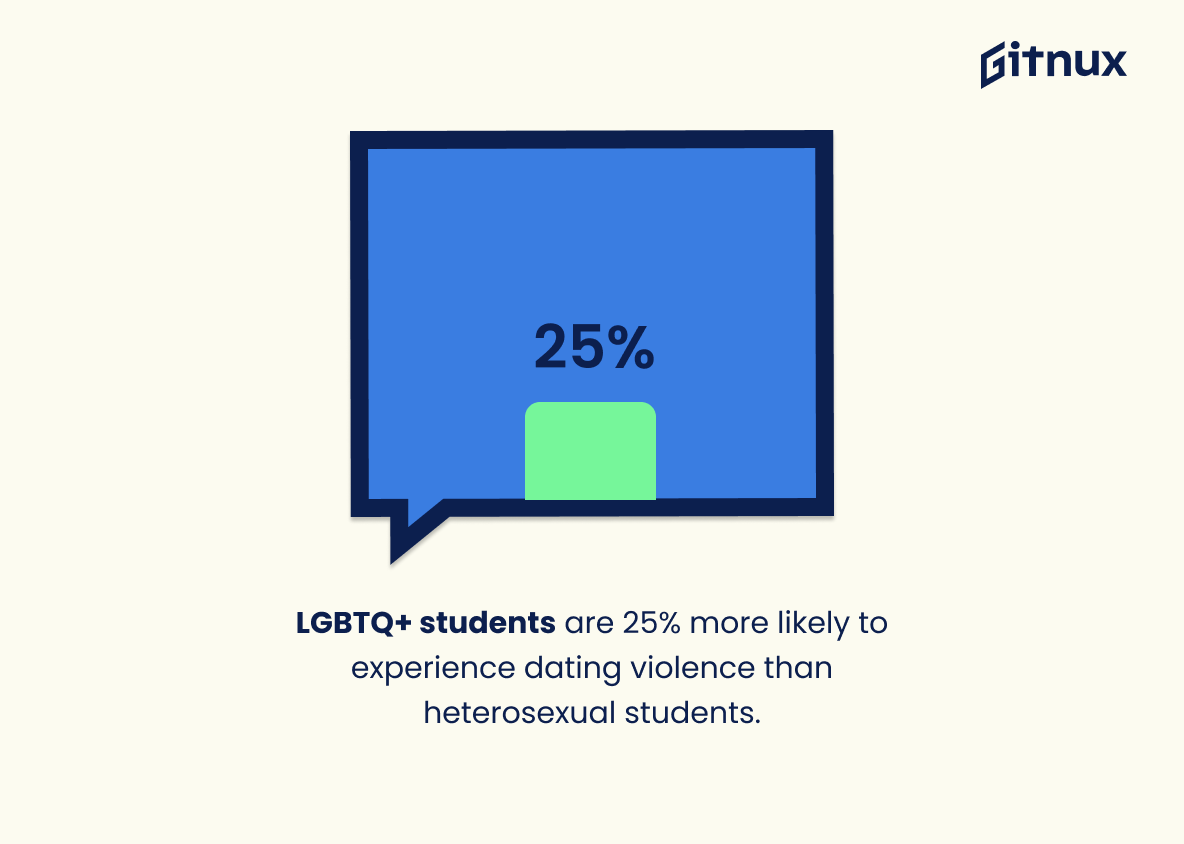Violence on college campuses is a serious issue that affects thousands of students each year. According to the National Center for Education Statistics, approximately 18% of students reported experiencing some form of physical violence on campus during 2018. Additionally, 1 in 5 college women experiences sexual assault while at school and 38% of incidents occurred in dormitories or other residential facilities during 2016.
Rates of reported on-campus burglaries declined by 44%, however there were still 10 incidents of murder/non-negligent manslaughter recorded across the United States in 2017. Campus law enforcement agencies also received reports of around 1,150 hate crimes that same year.
Further statistics show 4% all violent crimes committed against college students between 1995 and 2002 happened on campus; 6,700 aggravated assaults were reported in 2017; 66% experience harassment every year; nearly 22% undergraduate women experienced dating violence; only 20 percent female student victims go to law enforcement over their sexual assault cases; 251 arson incidents were recorded in 2017 as well as LGBTQ+ students being 25 percent more likely to experience dating violence than heterosexuals and 87 percent involving alcohol use when it comes to sexual assaults occurring on campus grounds or facilities . Male college students are 78 % more likely than females to be assaulted while 63 % universities fail provide adequate education programs regarding this matter according to The American Association Of University Women (AAUW). In 2018 there was an increase from previous years with 21 murders/ non negligent manslaughters taking place across US colleges along with 2 ,468 robberies happening within university premises .
These alarming figures demonstrate how important it is for us all take action towards preventing further occurrences from happening again so we can ensure our safety both inside and outside educational institutions
Violence On Campus Statistics Overview
Approximately 38% of incidents of campus violence occurred in dormitories or other residential facilities during 2016.
This statistic is a stark reminder that violence on campus is not limited to classrooms and other public areas, but can also occur in the very places where students should feel the safest – their dormitories and other residential facilities. It is a sobering reminder that violence can happen anywhere, and that students must remain vigilant and take steps to protect themselves.
Rates of reported on-campus burglaries declined by 44% between 2014 and 2018.
This statistic is a testament to the progress that has been made in reducing the prevalence of on-campus burglaries. It shows that the efforts to combat violence on campus have been successful, and that students can feel safer in their learning environment.
In 2017, there were 10 incidents of murder/non-negligent manslaughter on campuses across the United States.
This statistic is a stark reminder of the reality of violence on college campuses. It serves as a reminder that, despite the relative safety of college campuses, there are still incidents of murder/non-negligent manslaughter that occur. This statistic is a call to action for college administrators, faculty, and students to take steps to ensure that campuses remain safe and secure.
Campus law enforcement agencies received reports of approximately 1,150 hate crimes during 2017.
This statistic is a stark reminder of the prevalence of hate crimes on college campuses. It serves as a reminder that violence on campus is a real issue that needs to be addressed. It also highlights the need for increased awareness and education about the dangers of hate crimes and the importance of reporting them.
4% of all violent crimes committed against college students between 1995 and 2002 occurred on campus.
This statistic is a stark reminder of the prevalence of violence on college campuses. It highlights the fact that college students are not immune to the dangers of violence, and that it can occur even in the supposedly safe confines of a college campus. This statistic serves as a call to action for college administrators and students alike to take steps to ensure that campuses are safe and secure environments for everyone.
On college campuses in 2017, there were 6,700 reported aggravated assaults.
This statistic is a stark reminder of the prevalence of violence on college campuses in 2017. It serves as a reminder that violence on college campuses is a serious issue that needs to be addressed. It also highlights the need for increased awareness and prevention efforts to ensure the safety of students on college campuses.
College students ages 18-24 experience a higher rate of rape and sexual assault than non-students of the same age group.
This statistic is a stark reminder of the reality of violence on college campuses. It highlights the fact that college students are particularly vulnerable to rape and sexual assault, and that universities must take steps to ensure the safety of their students. It also serves as a warning to those who are considering attending college, that they should be aware of the risks and take steps to protect themselves.
66% of college students experience some form of harassment every year.
This statistic is a stark reminder of the prevalence of harassment on college campuses. It highlights the need for greater awareness and action to be taken to ensure that students are safe and secure in their learning environment. It also serves as a call to action for universities to take a more proactive approach to addressing harassment and violence on campus.
Nearly 22% of undergraduate women experience dating violence.
This statistic is a stark reminder of the prevalence of dating violence among undergraduate women. It serves as a reminder that violence on campus is a real issue that needs to be addressed. It also highlights the need for more education and resources to help prevent and address dating violence.
Only 20% of female student victims go to law enforcement over their sexual assault cases.
This statistic is a stark reminder of the reality that many female student victims of sexual assault are not receiving the justice they deserve. It highlights the need for greater awareness and support for victims of sexual assault on college campuses, as well as the need for more effective measures to ensure that perpetrators are held accountable.
In 2017, there were 251 reported incidents of arson on college campuses.
This statistic is a stark reminder of the prevalence of arson on college campuses. It serves as a reminder that violence on college campuses is a real and present danger, and that it is important to be aware of the risks and take steps to protect oneself.
LGBTQ+ students are 25% more likely to experience dating violence than heterosexual students.
This statistic is a stark reminder of the disproportionate amount of violence that LGBTQ+ students face in comparison to their heterosexual peers. It highlights the need for increased awareness and support for LGBTQ+ students on college campuses, as well as the need for more comprehensive policies and resources to protect them from violence.
87% of on-campus sexual assaults involve alcohol.
This statistic is a stark reminder of the prevalence of alcohol in sexual assaults on college campuses. It highlights the need for greater awareness of the dangers of excessive drinking and the importance of creating a safe environment for students. It also serves as a reminder that alcohol can be a factor in sexual assaults, and that it is important to be aware of the risks associated with drinking.
Male college students are 78% more likely to experience an on-campus assault than female students.
This statistic is a stark reminder of the reality of violence on college campuses, particularly for male students. It highlights the need for increased awareness and prevention of on-campus assaults, as well as the need for better support for male victims of such assaults. It also serves as a reminder that violence on campus is an issue that affects all genders, and that it is important to recognize and address the unique experiences of male victims.
63% of universities fail to provide adequate sexual assault education programs for students.
This statistic is a stark reminder of the lack of resources available to students when it comes to sexual assault education. It highlights the need for universities to prioritize the safety of their students and provide them with the necessary tools to protect themselves from sexual assault. It also serves as a call to action for universities to take a more proactive approach to preventing violence on campus.
In 2018, there were 21 reported incidents of murder/non-negligent manslaughter on campuses across the United States.
This statistic serves as a stark reminder of the prevalence of violence on college campuses. It is a sobering reminder that, despite the many efforts to make campuses safe, there are still incidents of murder/non-negligent manslaughter occurring. It is a call to action for universities to continue to strive to make their campuses safe and secure for all students.
Approximately 14% of incidents of campus violence occurred in on-campus grounds or facilities during 2016.
This statistic is a stark reminder of the prevalence of violence on college campuses. It highlights the fact that violence is not only occurring off-campus, but also within the confines of college grounds and facilities. This statistic serves as a call to action for college administrators to take steps to ensure the safety of their students and faculty.
There were 2,468 reported incidents of robbery on college campuses in 2017.
This statistic serves as a stark reminder of the prevalence of robbery on college campuses in 2017. It highlights the need for increased security measures and awareness of the potential for violence on college campuses. It also serves as a call to action for college administrators to take steps to ensure the safety of their students and faculty.
Conclusion
The statistics presented in this blog post demonstrate the prevalence of violence on college campuses. Approximately 18% of students reported experiencing some form of physical violence, 1 in 5 women experienced sexual assault, and 38% of incidents occurred in dormitories or other residential facilities during 2016.
Additionally, rates of reported on-campus burglaries declined by 44%, there were 10 incidents of murder/non-negligent manslaughter on campuses across the United States in 2017, 4% all violent crimes committed against college students between 1995 and 2002 occurred on campus, 6,700 aggravated assaults were reported in 2017 alone; 66% experience harassment every year; 22% undergraduate women experience dating violence; 20 % female student victims go to law enforcement over their sexual assault cases; 251 arson reports were made at colleges nationwide that same year; LGBTQ+ students are 25 percent more likely to experience dating violence than heterosexuals 87%; male college students 78 percent more likely to be assaulted than females 63%; 21 murders/non-negligent manslaughters happened 2018 14%; 2248 robberies took place 2017.
These numbers paint a grim picture for safety among university populations – one which must be addressed with urgency if we hope to create safe learning environments for our future generations.
References
0. – https://www.campussafetymagazine.com
1. – https://www.ucr.fbi.gov
2. – https://www.nces.ed.gov
3. – https://www.bestcolleges.com
4. – https://www.aauw.org
5. – https://www.bjs.gov
6. – https://www.ncjrs.gov
7. – https://www.ncbi.nlm.nih.gov
8. – https://www.rainn.org
